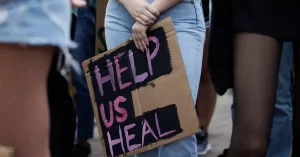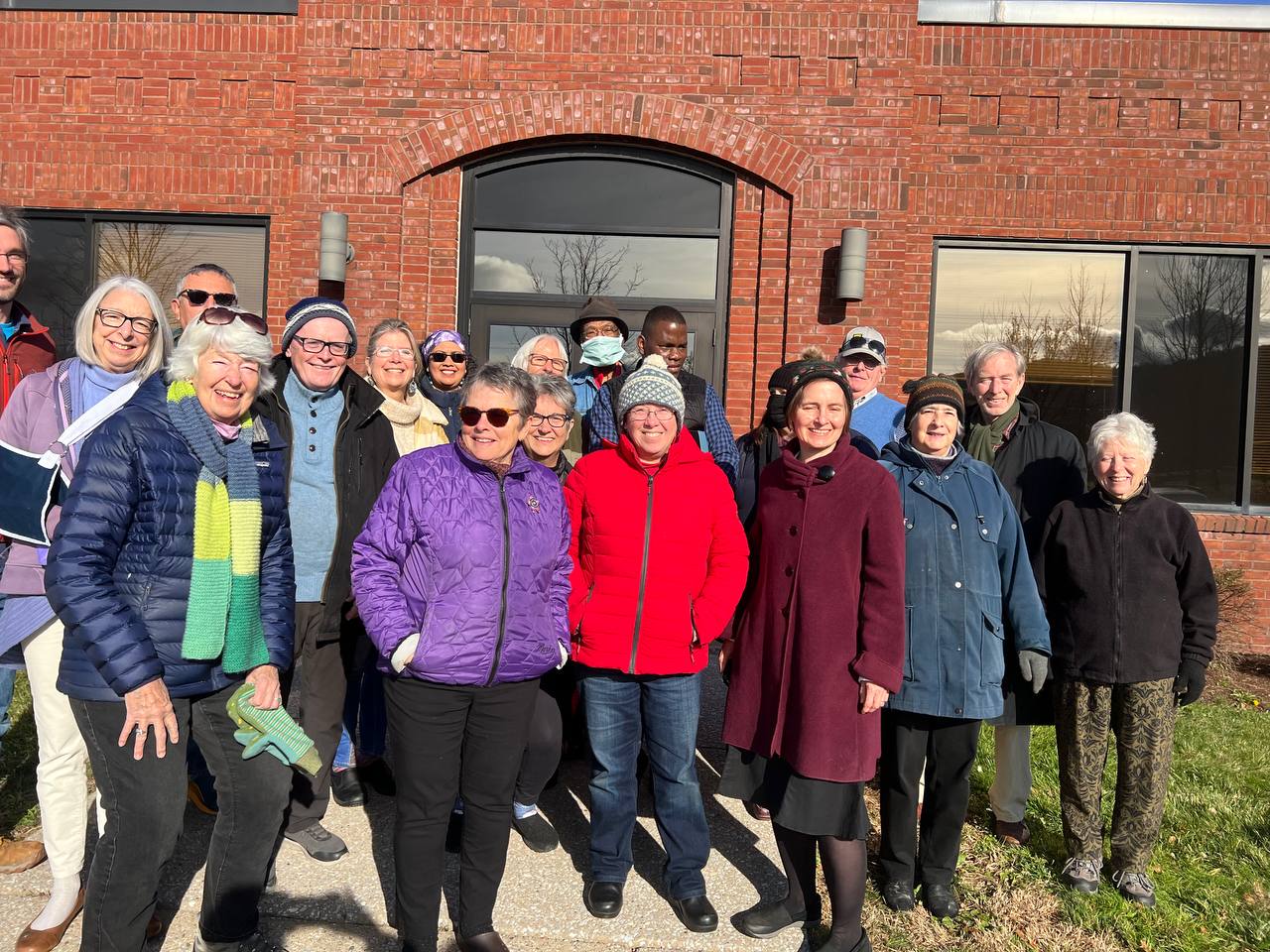WASHINGTON − What Auden Schendler calls the “Dr. Seuss machine” in his garage not only safeguards his home from the power outages that regularly strike his neighbors in the Colorado mountains, but it also in his view also helps others in his community and beyond.
“We have mudslides, fires, stores, ice storms, and the power goes down. But not my power,” Schendler, 53, told the Thomson Reuters Foundation.
Schendler says his home in Basalt is in many ways unexceptional, but, he says, it has a superpower.
“I have a 1960 ranch house, but it’s equipped like a modern green building, with solar, an EV charger, batteries and more,” he said. “My house is how we grapple with the climate problem.”
Schendler had the three large batteries installed under a new program offered by his local utility, with the cost to be paid back over a decade.
In return, the utility, Holy Cross Energy, is allowed to access the energy in those batteries to feed into its network, and for each use Schendler is paid a fee.
That is the idea of the “virtual power plant,” or VPP, which is generating excitement as a way to build resilience into the electrical grid, speed the transition to renewable power, and even offer customers a way to make money.
The strategy is to harness new “smart” appliances and battery technologies, as well as household renewable energy generation, to help consumers avoid energy use during high-intensity times, such as a particularly hot day, and even to draw energy back onto the grid as needed.
Get the Daily Briefing newsletter in your inbox.
The day’s top stories, from sports to movies to politics to world events.
Delivery: DailyYour Email
A goal of 100% clean energy by 2030
The United States currently has about 30 to 60 gigawatts of VPPs deployed, and the Energy Department says capacity could triple by the end of the decade – a key way, it said last year, to meet the country’s goal of 100% clean energy by 2035.
In Colorado, Holy Cross Energy also sees its VPP as a central way to achieve its goal of 100% clean energy by 2030.
“We’re on the front edge of a transformational change,” said Bryan J. Hannegan, president and CEO of Holy Cross.
Hannegan said the VPP underscored a changing role for utilities, which had to become more like orchestra conductors.

“Every home, business or community can now generate their own power. Our job is to get it from where it’s being generated to where it wants to be consumed,” he said. “Trying to get all of these resources to play together nicely.”
‘A lot of action’
The ideas underpinning VPPs have been around for years, said Lauren Shwisberg, a principal with the energy think tank RMI.
“We’ve seen a lot of action in the last year,” she said. “We’ve already seen VPPs play a great role in supporting grid reliability, such as avoiding major blackouts in California.”
Shwisberg said part of the interest was a result of skyrocketing demand for electricity, linked to the climate-driven push toward electrification and the hundreds of billions of dollars becoming available in federal funding for climate and energy projects.
The U.S. government now wants to send a strong signal that utilities, grid operators and investors should be considering VPPs, said Jennifer Downing, an engagement officer with the Energy Department’s Loan Programs Office.
“We’re at a moment where we need VPPs more than ever,” she said. “All of the megawatts and gigawatts are on the grid already; we just need to get more out of the grid that we’ve already paid for.”
Local authorities can play a key role, Downing said, including through permitting processes and building codes that speed up the creation of VPPs.
In Sacramento, California, the community-owned utility aims to decarbonize the city’s electricity supply by 2030, and last year it undertook a VPP pilot program “to help smooth the variable generation of renewables,” said Denver Hinds, principal electrical engineer with the Sacramento Municipal Utility District.
The program pays customers up to $2,500 for enrolling a residential battery in the initiative, after which they receive payments for allowing the batteries to bolster the grid.
“This approach allows our customers to tap into utility incentives and get more value out of their investments while playing a key role in transitioning the entire community to cleaner sources of energy,” he said.
Buildings track their carbon footprint
After cities have passed new climate-related pledges in recent years, VPPs now offer an additional way to progress.
A new law in New York requires large buildings to track their carbon footprint and stay below an assigned cap, with several other cities and states taking similar steps.
Large property management companies also are making more of an effort to save energy costs and reduce their carbon footprint, said Jeff Hendler, co-founder and CEO of Logical Buildings.
The national company offers a digital platform for residents and property managers so they can see when peak energy demand times are coming, coordinate smart appliances and more.
“We create the visibility of how that data matches with their usage, and then are able to integrate with the smart thermostats or battery storage … to avoid usage at high-carbon-intensity times,” he said.
“And therefore, to achieve their goal of saving money, earning money, and the trifecta – reducing their carbon footprint.”
Simply allowing a resident or property manager to visualize energy use typically helps a building save 10% of its energy use, Logical Buildings has found.
The city school district in New Rochelle, New York, last summer used one of the company’s programs to reduce its energy use by 700 kilowatts – and in January received a $24,000 rebate.
Sustainable Westchester, a municipally led group that helps local jurisdictions achieve New York state’s climate goals, partnered with the New Rochelle schools and is working to expand uptake of such programs.
A key goal for the VPP work is avoiding use of the 16 mostly gas-fired “peaker” power plants in the area that fire up during times of peak energy use, said Michel Delafontaine, Sustainable Westchester’s director of business development.
Four years ago, the group started a program under which subscribers could get paid to turn off their air conditioning, car charging or other utilities when the electrical system needs it – an approach they are now seeking to automate.
“If we were to acquire 350,000 customers, which is the number of households in Westchester County,” and equip them with small backup systems, Delafontaine said, “that would eliminate the need for a peaker plant.”
Author:: Bagombeka Job
Credit:: USA TODAY











































